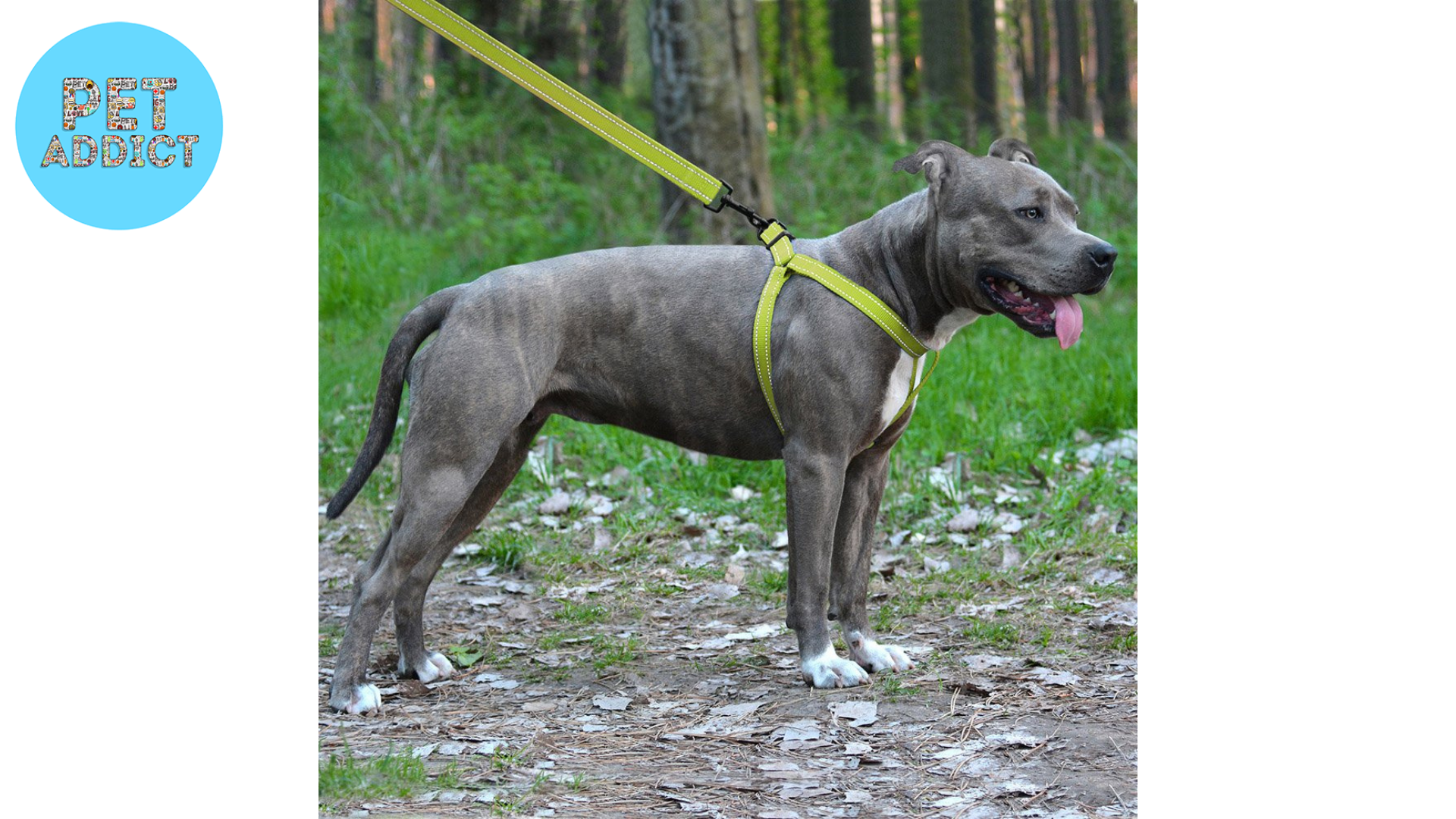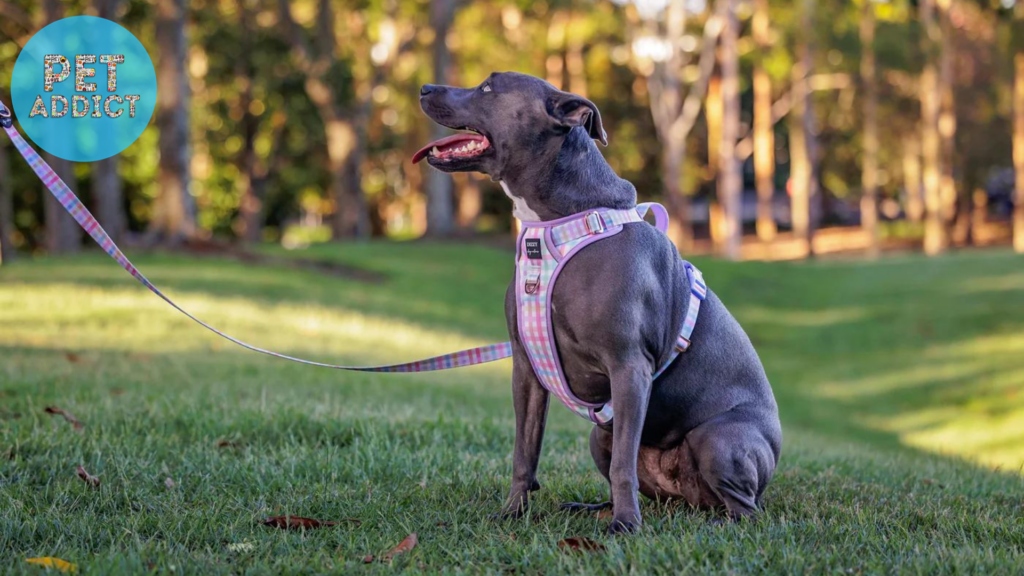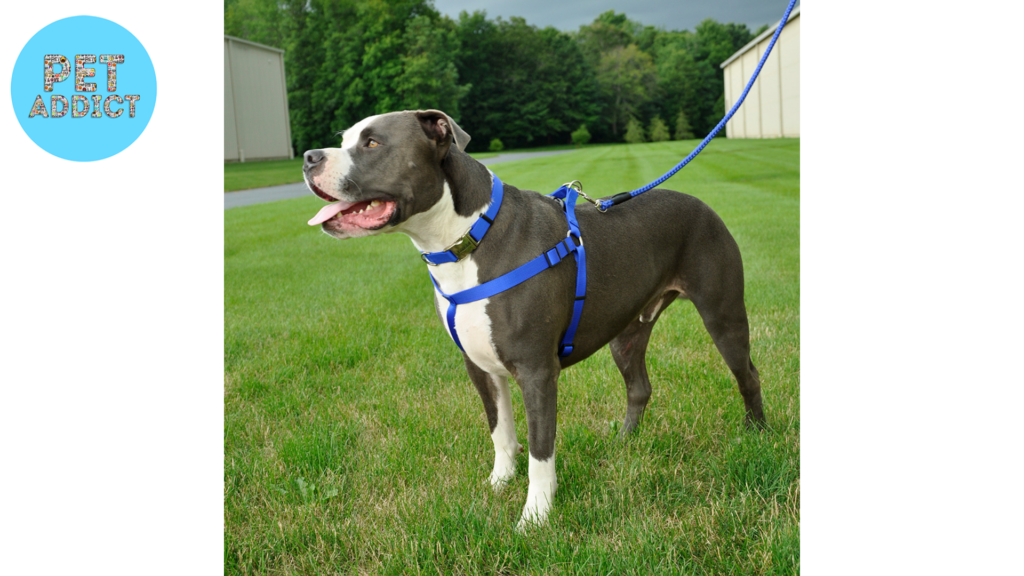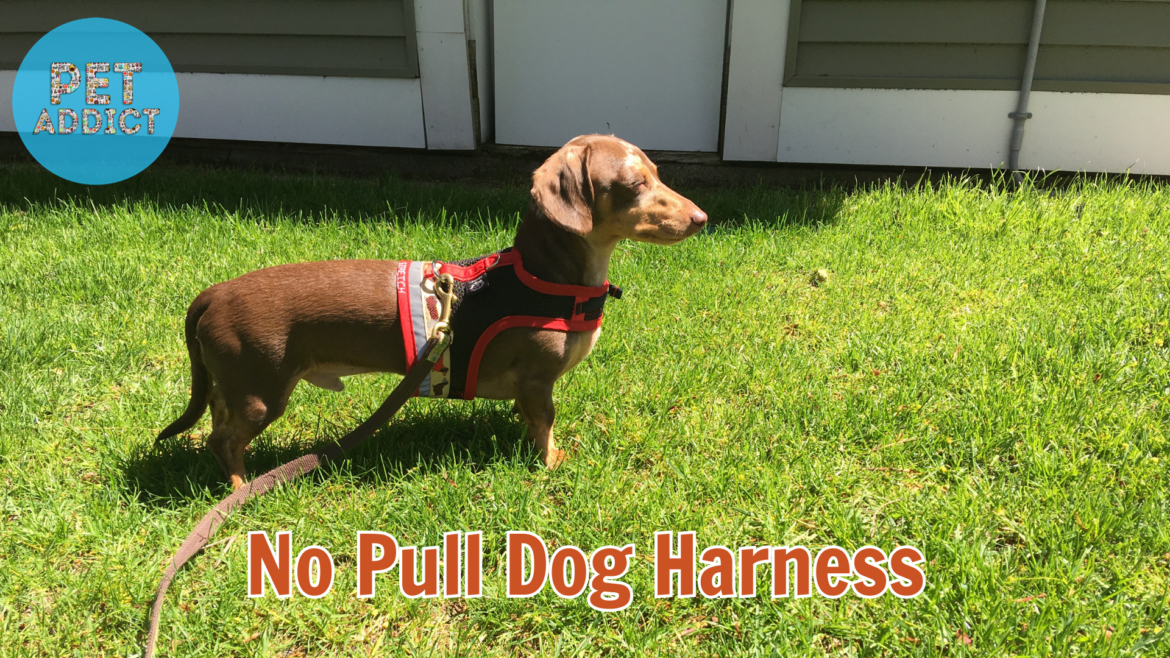Introduction
No-pull dog harnesses have become increasingly popular among dog owners seeking a more comfortable and effective solution for managing their furry companions during walks. In this article, we will explore the advantages of using a no-pull dog harness and provide guidance on selecting, training, and maintaining one for your canine friend.
PetAddict.net – The best place where you can find everything about your pet!
Understanding No-Pull Dog Harnesses
A no-pull dog harness is designed to discourage pulling behavior by evenly distributing pressure across a dog’s chest and shoulders. Unlike collars, which can cause discomfort and potential injury, a no-pull harness provides a more humane and comfortable walking experience.
Choosing the Right No-Pull Dog Harness

Selecting the right no-pull dog harness is crucial for proper fit, comfort, and effectiveness. Consider factors such as size, breed, harness design, and materials. Choose a harness that offers adjustability and secure fastenings for a snug and comfortable fit.
Training Your Dog to Use a No-Pull Dog Harness

Introducing a no-pull dog harness to your furry friend requires patience, consistency, and positive reinforcement. Begin by allowing your dog to become familiar with the harness, gradually associating it with positive experiences and rewards. Use reward-based techniques and praise to encourage desirable behaviors.
Using a No-Pull Dog Harness Effectively

Proper leash attachment and positioning are essential for optimal harness function. Attach the leash to the front or back of the harness based on your dog’s walking habits and training goals. Employ techniques such as changing directions, stopping and starting, and rewarding loose leash walking.
Maintaining and Cleaning Your No-Pull Dog Harness

Regular maintenance is necessary to prolong the lifespan of your no-pull dog harness. Check for signs of wear or damage before each use, paying attention to buckles, straps, and stitching. Follow cleaning instructions specific to the harness materials to keep them clean and well-maintained.
Ensuring Safety with a No-Pull Dog Harness

Prioritize safety during walks or outdoor activities. Regularly inspect the harness for signs of wear and tear. Follow leash-walking best practices, stay aware of your surroundings, use appropriate leash lengths, and ensure your dog’s identification tags are up to date.
Frequently Asked Questions (FAQs)
1. Are no-pull dog harnesses suitable for all dog breeds? Yes, no-pull dog harnesses are suitable for dogs of all breeds and sizes. Choose a harness appropriate for your dog’s size and consider any specific breed characteristics.
2. Can I use a no-pull dog harness on a puppy? Yes, you can use a no-pull dog harness on a puppy. Start introducing the harness during their early stages to promote positive associations and good walking habits.
3. How long does it take to train a dog to walk on a no-pull harness? The training time can vary depending on the individual dog and their prior training experience. Consistent training, positive reinforcement, and patience are key to achieving desired results.
4. Can I use a no-pull dog harness for training purposes only? Yes, a no-pull dog harness can be used for training purposes, especially if your dog tends to pull excessively during walks. It can help discourage pulling behavior and promote better leash manners.
5. Are there any potential disadvantages to using a no-pull dog harness? While no-pull dog harnesses offer numerous benefits, they may not be suitable for all dogs or walking situations. Some dogs may require alternative training methods, and certain harness designs may not be suitable for specific breeds or body shapes. Consult with a professional dog trainer or behaviorist for guidance based on your dog’s needs.




